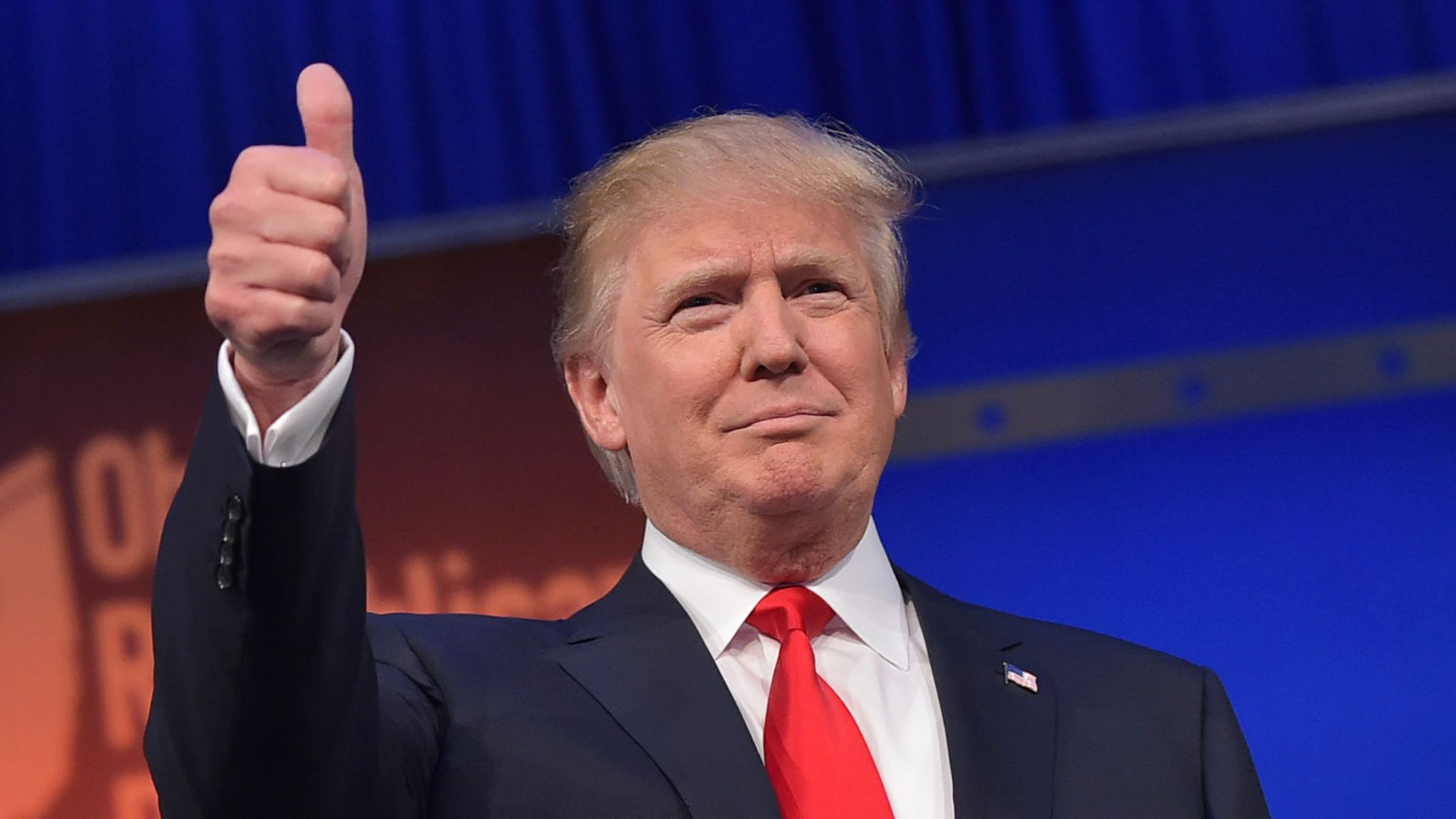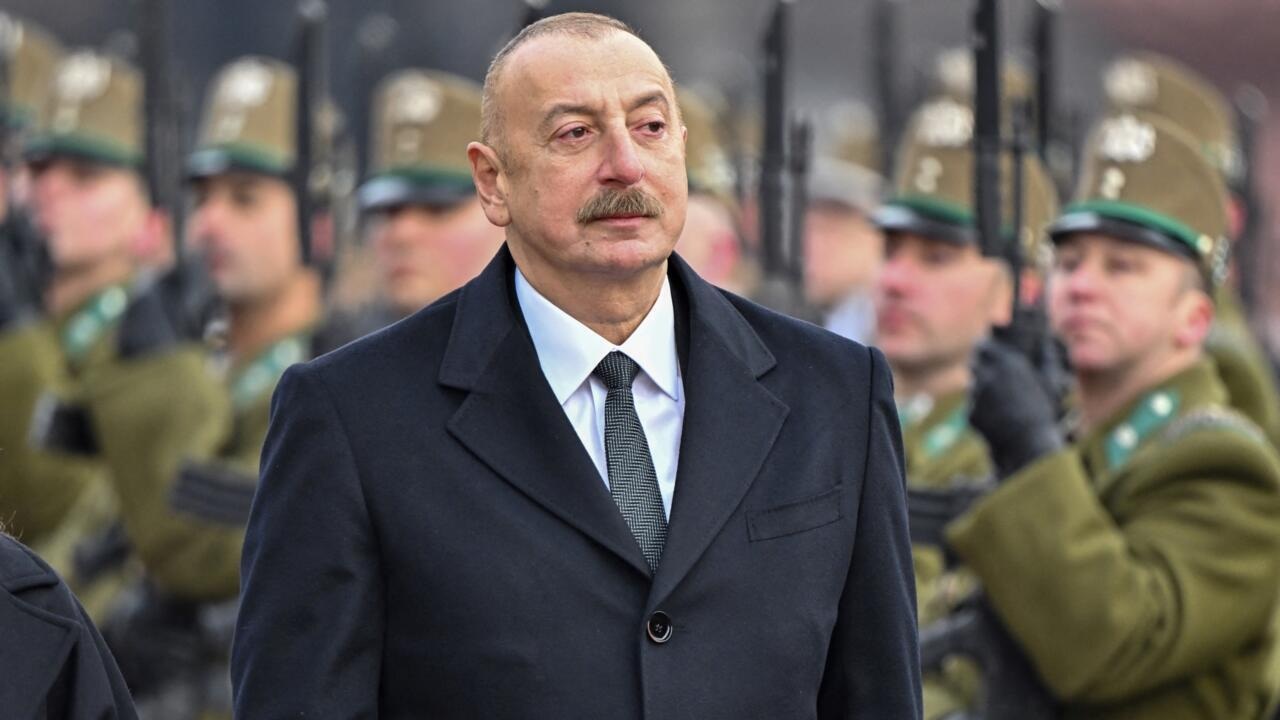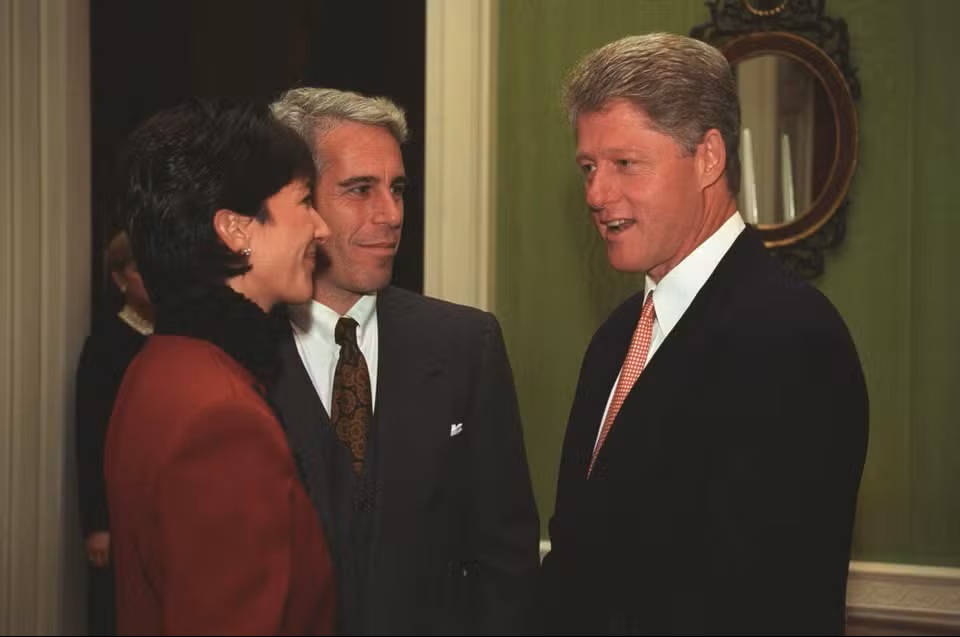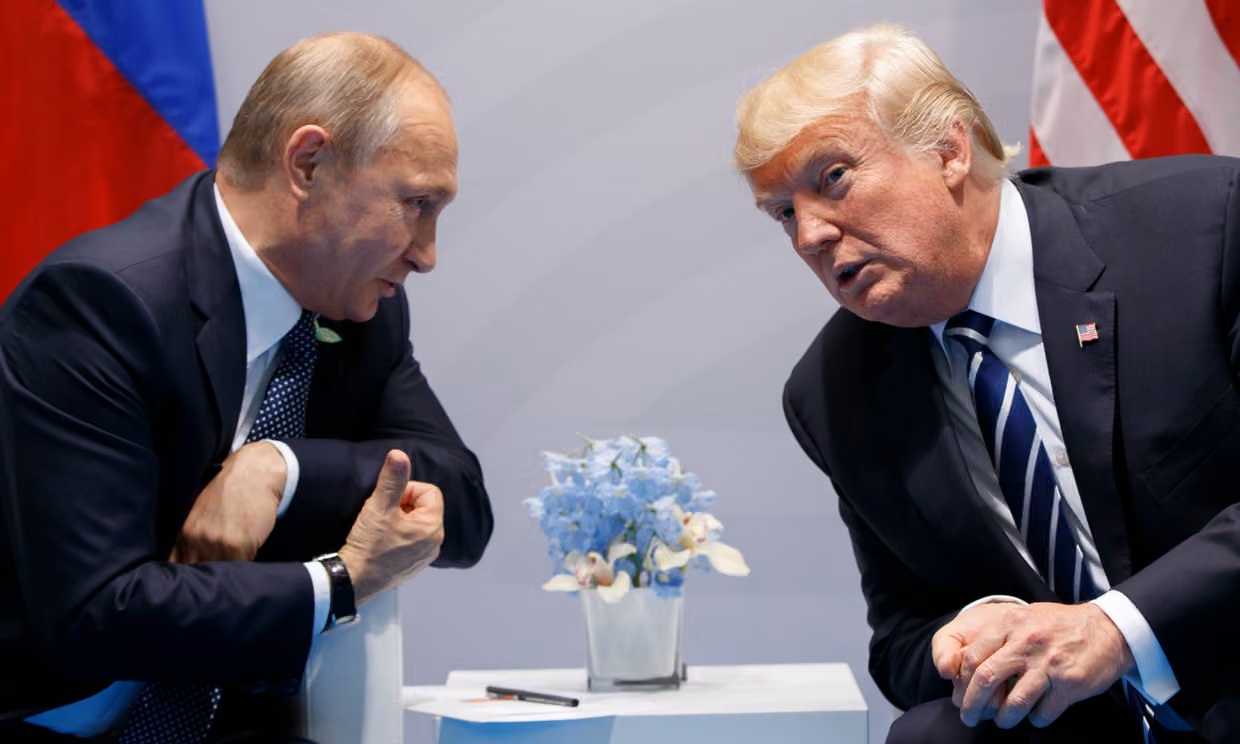
Despite being major geopolitical rivals, the United States and Russia seem to have the same goal in Ukraine: to get rid of President Volodymyr Zelensky. Although the Eastern European nation’s leader might become a “victim” of a behind-the-scenes deal, that does not necessarily mean that the United States will abandon Ukraine and allow the Kremlin to achieve its military and political goals.
By Nikola Mikovic
During their talks in Saudi Arabia on February 18, Russian and American delegations, led by Foreign Minister Sergey Lavrov and State Secretary Marco Rubio, agreed that holding elections in Ukraine is “one of the key conditions for a successful settlement process.” The Kremlin will, therefore, have to provide Ukraine with “security guarantees” to allow it to hold the vote.
In other words, Russia is expected to refrain from missile and drone strikes during the election day and halt its military activities in southeastern Ukraine. To put it even more simply, the United States expects Moscow to help its opponent elect a new leader indirectly. But what if Ukraine's former military Commander-in-Chief, Valery Zaluzhny, or another “hardliner” unwilling to make any deals with Russia, wins the elections?
Given that the Kremlin sees Zelensky as an “illegitimate” leader, it is almost certain that Russia will agree to permit Ukraine to hold the vote in the middle of the war, hoping that it will result in his departure from the political scene. US President Donald Trump does not seem willing to continue working with Zelensky—whether because of his alleged ties to Hunter Biden or some other issue—which puts the Ukrainian leader in a rather tricky position.
He can still count on Europe’s support, but the problem is that the European Union has been excluded from the US-Russia talks on Ukraine. Therefore, his days in power seem numbered. That, however, does not mean the EU will not play an important role in a post-war and post-Zelensky Ukraine.
If the United States completely halts its support for Eastern European countries, this scenario is not very plausible, given that it has already invested too much in Ukraine. The 27-nation bloc will undoubtedly continue arming and funding Kyiv, preparing it for a new war.
More importantly, several European nations are reportedly ready to send their troops to Ukraine, which indicates that the EU is unlikely to abandon Kyiv in the event of a renewed conflict.
Russia, however, categorically opposes the prospect of European troops appearing in Ukraine, regardless of the role they might have there. Although Trump and Russian President Vladimir Putin seek to end the Ukraine war, reaching a lasting peace deal between Moscow and Kyiv will be easier said than done.
According to Rubio, Trump wants to end the war in Ukraine “fairly and not allow it to resume in two to three years.” Does that mean the conflict can resume four years after Trump's term in office expires?
The very nature of the Ukraine war suggests that it can end only when one of the two parties signs an unconditional surrender. It is possible that Moscow and Kyiv, under Trump’s pressure, will eventually reach a ceasefire agreement, but it will not end the war.
Ukraine will never accept Russia’s annexation of Crimea, Donbas, Kherson and Zaporizhzhia regions, meaning that, as long as it exists, it will seek a revanche. Although Putin is expected to declare victory after signing a ceasefire agreement with the future Ukrainian leader, Russia has not achieved any of its goals in the Eastern European country. That is why a new war seems inevitable.
Meanwhile, the United States will seek to achieve its own goals. According to Trump’s new Secretary of State, Marco Rubio, the normalisation of relations between Russia and the US raises the prospect of “future cooperation on matters of mutual geopolitical interest and historic economic and investment opportunities.” Does that mean Washington views Russia as a potential ally against China and Iran?
For many Moscow policymakers, restoring relations with the US seems to be a top priority. The Kremlin reportedly hopes that Washington will eventually lift most, if not all, of its sanctions on Russia. That is why Lavrov and Rubio agreed to restore embassy staff in Moscow and Washington.
“We have also agreed that a mechanism for a settlement of the Ukraine conflict will be formed shortly,” Lavrov stated following the talks with his American counterpart.
The Kremlin and its Turkish partners had the exact “mechanism” regarding the Syrian Civil War. As a result, the conflict was frozen in 2020 and reactivated in December 2024 when Turkey-backed rebels launched a major offensive against Russia’s client, Bashar al-Assad. His overthrow marked the end of Russia’s adventure in Syria, where it suffered a decisive defeat.
A potential ceasefire between Russia and Ukraine could have even more serious consequences for the Russian Federation. In Syria, Putin lost face. In Ukraine, after a truce, he could lose most, if not all, of the territories Russia has occupied.






